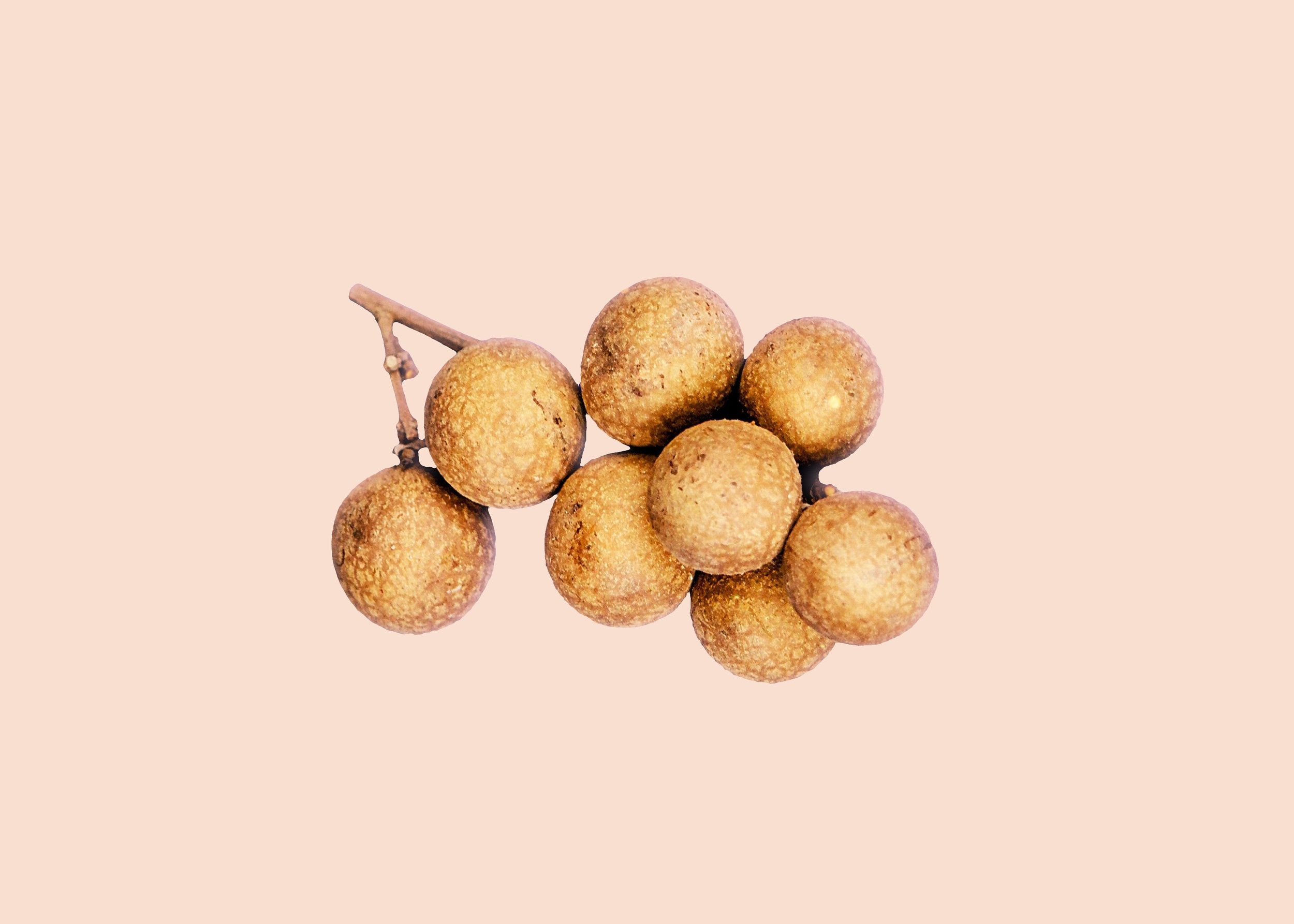5 in season fruits & vegetables: August edition
And we're back! This month bringing you all the fresh summer goodies.
火龍果 Red dragon fruit
In season between the months of July to December.
Summer is the main season to find fresh dragon fruit. What better time than now to enjoy them as they are refreshing and packed with the goodness you need to carry you through the holidays.
We love it when the name of a fruit describes itself: its bright red skin decorated with green scales depicts… you guessed it, a dragon! Well, just like a dragon, this fruit is great at fighting off potential risks to your health. With its high concentration of antioxidants and fibre, the dragon fruit can help strengthen your immune system and improve your gut health. It is also one of the few fruits that contain iron. If you haven’t tried it yet, some say the flavour resembles a cross between a pear and a kiwi.
Give your guacamole a revamp by adding dragon fruit to it.
楊桃 Star fruit
In season between the months of July to February.
The star fruit, literally because it looks like a star but it also acts like one in the fruit rating competition. Low in calorie yet high in nutrients and benefits, the star fruit rises to the table by bringing you fibre, Vitamin B and C, sodium, potassium, iron and important antioxidants. Most notably, eating a single serving of star fruit can provide you with around 57% of your daily recommended Vitamin C intake. And in case you didn’t know, Vitamin C plays a significant role in preventing inflammation, boosting our immune system, protecting our skin and collagen synthesis. Hello youthful-looking skin and goodbye wrinkles! Obviously don’t just solely rely on star fruits in the hopes of achieving these goals, but they are definitely worth to include in your diet to reap the benefits.
Here’s a delicious star fruit recipe that we can’t wait to try ourselves.
西瓜 Watermelon
In season between the months of May to September.
Before we describe why watermelons are so great, August 3rd marks the National Watermelon Day. So get ready to hear why you should eat watermelon not just in two days time but throughout all summer long. Did you know that watermelons are made up of 92% water? Its name does provide quite a good node to that we suppose. But with this being said, watermelons are amazing for getting your hydration in without having to (just) drink H2O. It truly is the perfect summer staple. Delicious, juicy and sweet, the watermelon is also packed with significant health benefits. This fruit contains Vitamins (A, B-6 and C) and immune boosting minerals. Additionally, some research has suggested that the amino acid (L-citrulline) found in the rind of the watermelon can even help with muscle soreness recovery.
We are sharing with you a zero-waste recipe of the watermelon; you can enjoy the flesh for its red goodness and pickle the rind for a tasty add on for your salads, or sandwiches.
絲瓜 Loofah
In season between the months of April to November.
Loofah, called Si Gua (丝瓜) in Mandarin, meaning “silk gourd”, is beloved in the summer for its cooling properties. This gourd vegetable is quite unique. It needs to be harvested at its early stage of development if it is to be consumed. Once it reaches maturity, it becomes too fibrous to eat and that’s actually where the loofah scrubbing sponge comes from! It’s a tasty vegetable that is high in dietary fibre, manganese, and Vitamins C and A. Popular in Asian countries like India, China and Vietnam, the loofah is a versatile vegetable that can be incorporated in salads (raw) or stir-fries (cooked). When you cook it, it is very similar to your zucchinis/courgettes or summer squash.
Here’s a traditional Chinese way of enjoying the vegetable.
龍眼 Longan
In season between the months of July to August.
Here’s another cool name story. The word “longan" originates from Cantonese and directly translates to “dragon's eyes” (what is it with dragons and fruits being in season during the summer?). If you peel the fruit and split it into two, you will find the black seed contrasting the white pulp. Do you see it? And how fitting of a name because this fruit is jam-packed with Vitamin C.
The longan comes from the same family as the lychee and is a popular fruit across Southeast Asia. Although similar to its cousin (lychee) in appearance, the longan fruits actually have a more durable and thicker rind. These characteristics mean they can stay good for more days.
Fun fact: there’s a small town in Thailand called Lamphun that celebrates the fruit in season. Called the Lamphun Longan Festival, locals participate in activities like longan-eating contest, a fancy dress competition and even a Miss Longan pageant. Well, in case you needed more convincing to try out this delectable fruit, surely a festival dedicated to it is enough?
This healthy “tea” recipe is perfect for a summer's drink.
For more information on seasonal vegetables, have a look at this amazing Seasonal Calendar of Vegetables and Fruits from Hong Kong made by Slow Food HK. You can also find a great repertoire of seasonal highlights in Hong Kong from Kadoorie Farm and Botanic Garden.






